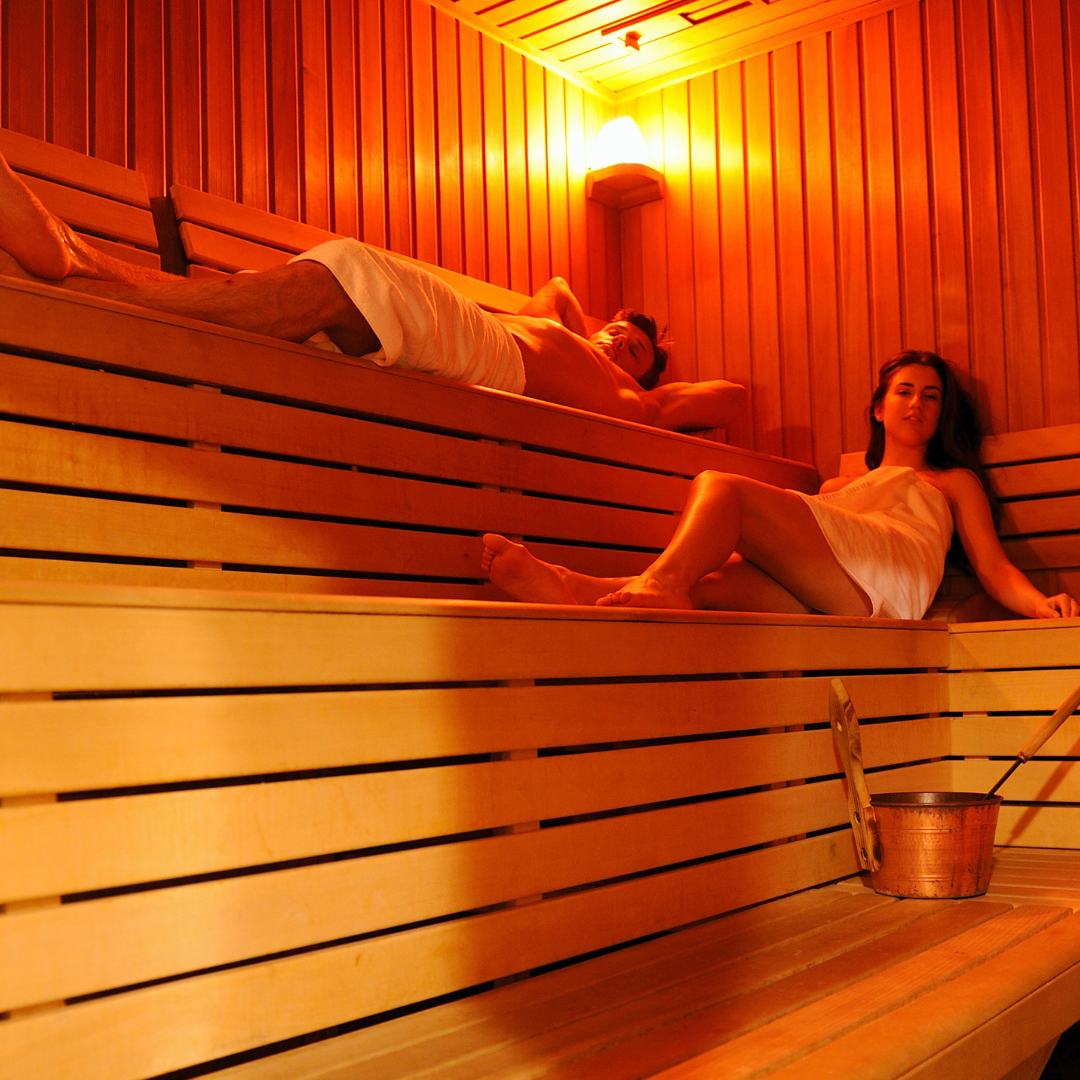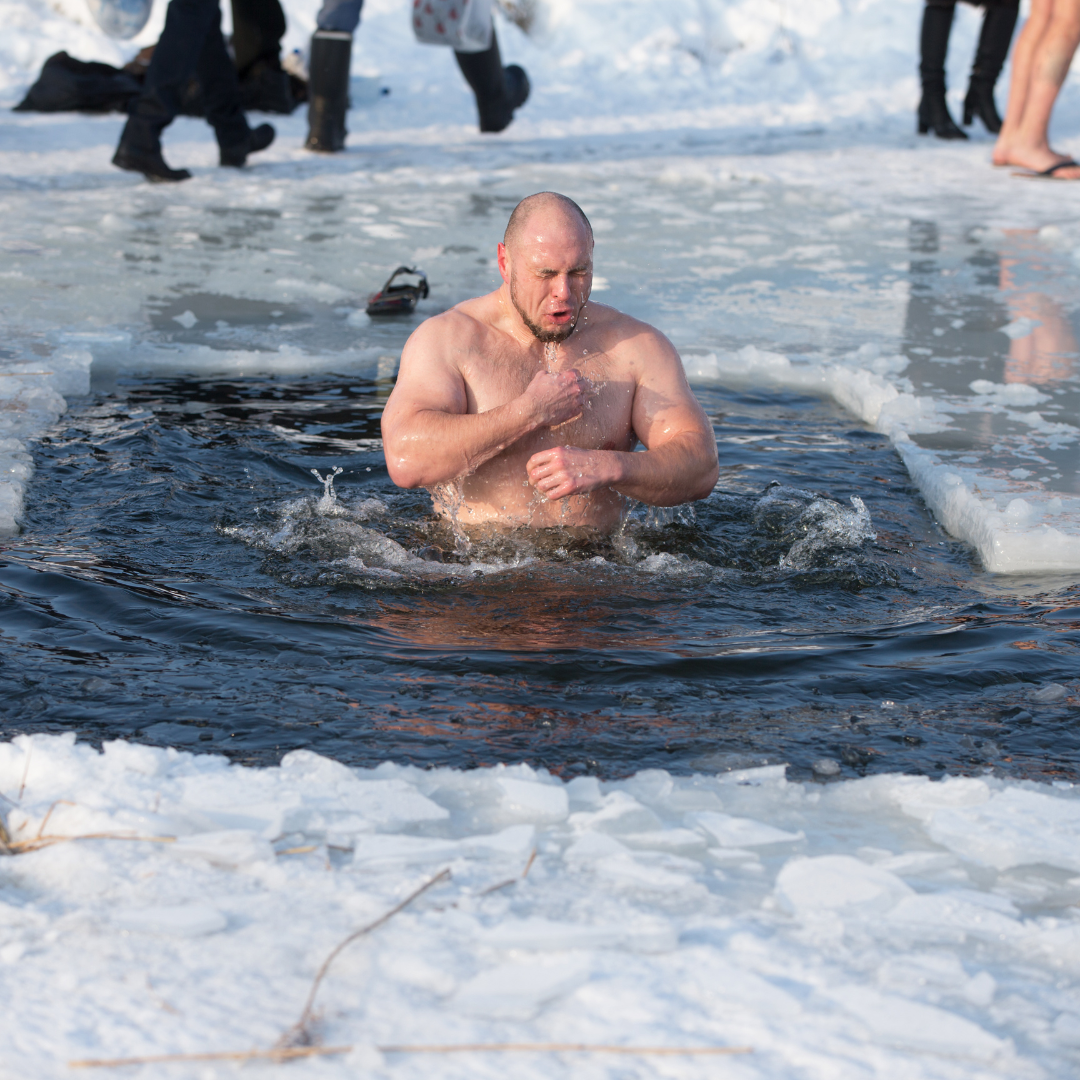Hot & cold the huge health benefits
/Hey there! Today, we will talk about hormesis, the beneficial response our body experiences when exposed to low doses of stress.
Specifically, we will discuss the differences between hot and cold Hormetic stress and why they benefit our health.
First, let's break down what we mean by "hormetic stress." Hormesis is the idea that exposure to low-stress doses can benefit our health.
Increasing your stress levels might sound counterintuitive, but hear me out!
Our body is alert when exposed to stressors like heat, cold, or toxins. Our cells interpret these stressors as a threat and respond by activating various protective mechanisms. These mechanisms can include the release of antioxidants, the activation of heat shock proteins, and the upregulation of cellular repair mechanisms.
Now, let's discuss the difference between hot and cold hormonal stress. Hot Hormetic stress, as you might expect, involves exposure to heat.
Positive stress can come in many forms, such as spending time in a sauna or bathing in hot water. When exposed to heat, our body responds by activating heat shock proteins. These proteins help to protect our cells from damage and can even promote cellular repair.
In addition, heat stress has been shown to increase our levels of antioxidants, which can help to combat oxidative stress.
On the other hand, cold-hormonal stress involves exposure to cold temperatures. This can be achieved through cold showers, ice baths, or even spending time outside in the cold. When exposed to cold, our body responds by activating different mechanisms. For example, exposure to cold temperatures increases the production of a hormone called norepinephrine, which can help to improve mood and cognitive function. Cold stress has also increased the activity of brown adipose tissue, a type of fat that can burn energy and improve metabolic health.
So why are these types of stress beneficial for our health?
As mentioned earlier, exposure to low-stress doses can activate our body's protective mechanisms. Enabling a strengthened immune system, improving cognitive function, and extending our lifespan. Studies have shown that regular exposure to hot or cold stress can have a variety of health benefits, including:
Improved cardiovascular health: Both hot and cold stress improves cardiovascular function by increasing blood flow and reducing inflammation.
Reduced inflammation: Exposure to hot or cold stress can help to reduce inflammation in the body, which is a critical factor in many chronic diseases.
Improved metabolic health: Both hot and cold stress improves metabolic health by increasing insulin sensitivity and promoting the growth of brown adipose tissue.
Improved cognitive function: Exposure to cold stress improves mental function by increasing the production of norepinephrine. Meanwhile, exposure to heat stress improves mood and reduces symptoms of depression.
Of course, it's important to note that there are limits to how much stress our body can handle. Exposure to high-stress levels can harm our health, causing oxidative damage and increasing inflammation. In this case, less is more! However, with low doses of stress, our body can activate its protective mechanisms without causing harm.
So there you have it - the difference between hot and cold Hormetic stress and why they're so beneficial for our health.
If you're interested in trying out hot or cold stress for yourself, it's essential to start slow and gradually build up your tolerance. Remember, the key is to expose yourself to low doses of stress rather than overwhelming it.
As I mentioned earlier, exposure to cold temperatures can increase the activity of brown adipose tissue, or brown fat. Brown fat cells are specialised for thermogenesis, or the production of heat. So when exposed to cold temperatures, our brown fat cells activate and burn energy to generate heat and keep us warm.
Now, what's the difference between brown-fat and white-fat cells?
White-fat cells are the most common fat in our bodies and are primarily responsible for storing energy. When we consume more of the wrong foods causing stress loads to increase, our body stores the excess energy as white fat. However, when our body comes into balance, our body can break down white-fat cells and use the stored energy.
Brown fat cells, on the other hand, are specialised for thermogenesis. They contain a large number of mitochondria, which are the powerhouses of the cell that produce energy. So when exposed to cold temperatures, our brown fat cells activate and burn fuel to generate heat. This process is called non-shivering thermogenesis, which helps us stay warm in cold environments.
So what are the benefits of activating brown fat cells through exposure to cold temperatures? Well, there are several. First and foremost, brown fat cells can burn energy, which can help to improve metabolic health and promote weight loss. In addition, studies have shown that people with more active brown fat cells tend to have lower body mass indexes (BMIs) and lower levels of insulin resistance.
Brown fat cells produce a hormone called irisin, which has various health benefits. For example, Irisin can help to improve glucose metabolism, reduce inflammation, and even improve cognitive function.
Some studies have even suggested that irisin may have anti-ageing properties.
Of course, it's important to note that not everyone has the same amount of brown fat cells, and some people may have none. However, research has shown that exposure to cold temperatures can increase brown fat in our bodies. So if you want to activate your brown fat cells, consider taking cold showers, swimming in a cold pool, or simply spending more time outside in the cold.
In summary, brown fat cells specialise in thermogenesis and can burn energy to generate heat. Therefore, exposure to cold temperatures can activate brown fat cells, which can help to improve metabolic health, promote weight loss, and even have anti-ageing properties. So if you want to improve your health, consider incorporating some cold exposure into your routine!















